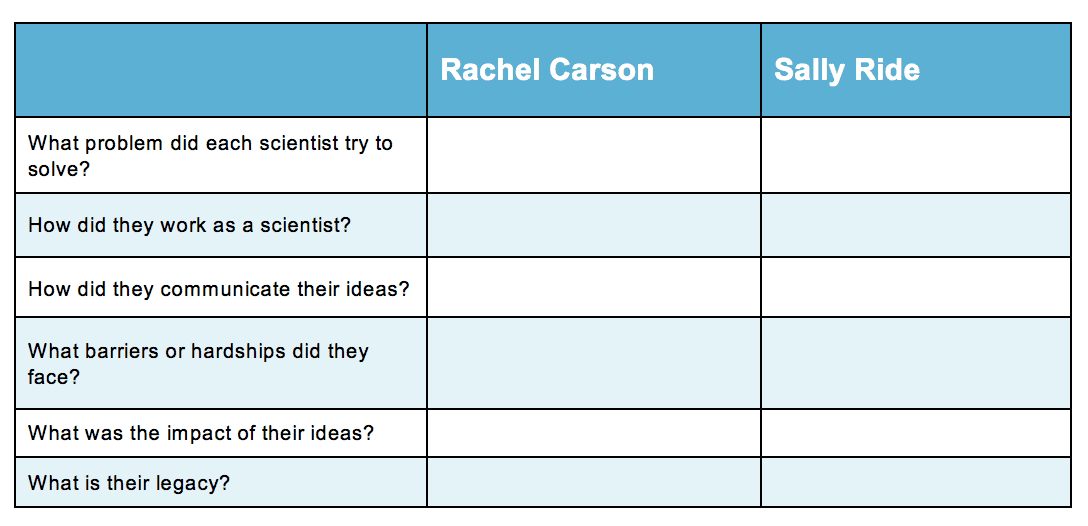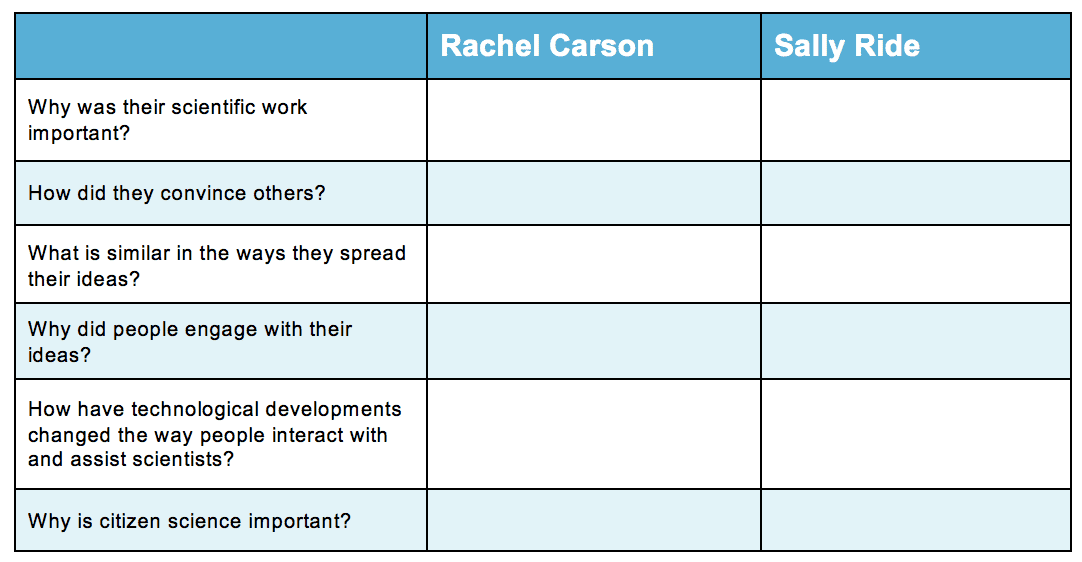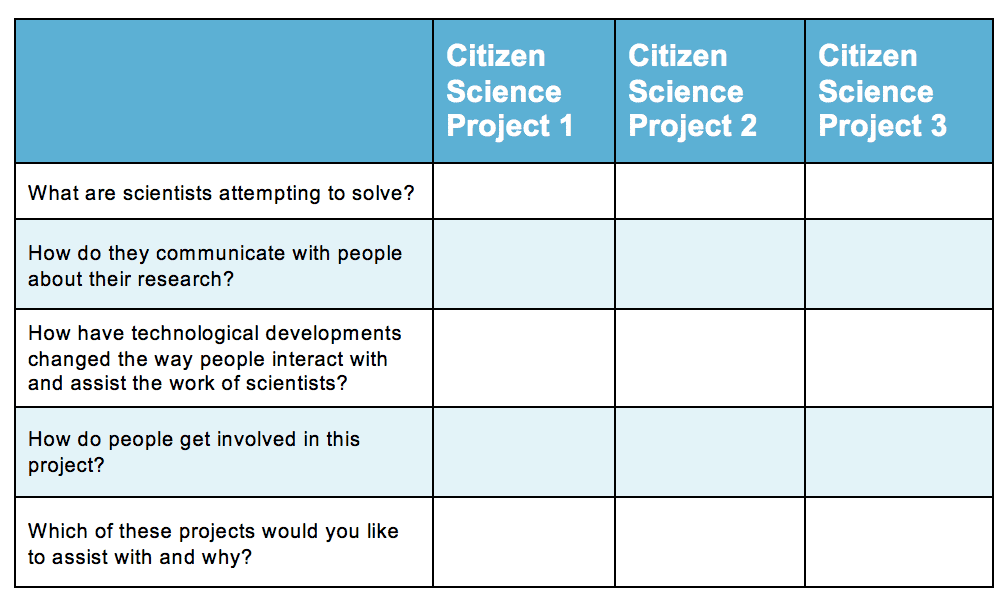Information for Teachers
Curriculum links
This investigation is linked to the following Grade 5 Next Generation Science Standards.
Science Addresses Questions About the Natural and Material World Science findings are limited to questions that can be answered with empirical evidence (5- ESS3-1)
Influence of Science, Engineering, and Technology on Society and the Natural World People’s needs and wants change over time, as do their demands for new and improved technologies (3- 5-ETS1-1)
Engineers improve existing technologies or develop new ones to increase their benefits, decrease known risks, and meet societal demands (3-5-ETS1-2)
Cause and Effect
Cause and effect relationships are routinely identified and used to explain change. (5-PS2-1)
ESS3.C: Human impacts on Earth systems
Human activities in agriculture, fisheries and everyday life have had major effects on the land, vegetation, streams, ocean, air, and even outer space. Individuals and Communities are doing things to protect Earth’s resource and environments (5-ESS3-1)
How to search the internet
1 Keep your request short
Fewer words will give a more accurate search.
2 Choose exactly what you want
For example: Arctic Circle Climate
3 Use quotes
Double quotes around a set of words tell the search engine to consider those exact words in that exact order without any change. For example: “Arctic Circle Climate”
4 Use the plus sign (+)
If you add a plus sign (+) between words, the internet will search for all the words. For example: migrate+birds+whales+mammal
5 Use the minus sign (–) to say what you don’t want
Use a minus sign (–) to show words you do not want to appear in your results. For example: if you search for burrowing animals and do not want mammals in your search, –mammals will exclude mammals. Note that you need to put a space before the minus sign for the word to be excluded.
6 Be very clear about what you don’t want
Part 1
Ask questions and define problems
After reading Science for the People, you may have many questions about passionate scientists who have involved people in their research activities or how people become citizen scientists.
List your questions.
- Compare your list with questions that others have.
- Choose a question you would like to investigate.
- You can work alone, with a partner, or in a small group.
You may want to choose one or more of these questions to investigate
Q1. What is a scientific idea?
Q2. What technologies are used to communicate scientific ideas?
Q3 Why do particular scientific ideas become powerful?
Q4. What is citizen science and how do people become involved?
Go to Part 2 Investigate →Part 2
Investigate
Helpful websites
You may want to use websites to help with your investigations.
You may want to learn more about each scientist. You can do a search by naming the person and adding a topic like Rachel Carson+animals, Rachel Carson+research, Sally Ride+space+inventions
Go to Part 3 Record data →Part 3
Record data
Find a way of recording your information that will allow you to see any patterns in the data.
Data Chart for Science for the People
 Download Chart
Download Chart
Go to Part 4 Organize, analyze, and interpret data →
Part 4
Organize, analyze, and interpret data
1. Look over the information you have gathered and the patterns you have found.
Why was their scientific work important?
How did they try to convince others?
2. Search for other patterns.
What was similar about the ways in which these scientists spread their scientific ideas?
Why did people engage with their scientific ideas?
What is citizen science?
Why is citizen science important?
3. Makes notes about what you find.
Go to Part 5 Present and share →Part 5
Present and share
Look over all of the information that you have gathered in your investigation.
What are the most important ideas about involving people in scientific research?
Make a chart showing the most important ideas.
 Download Chart
Download Chart
 Download Chart
Download Chart
← Return to menu